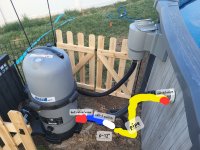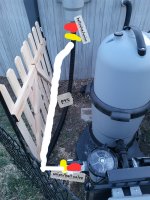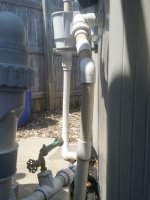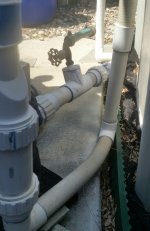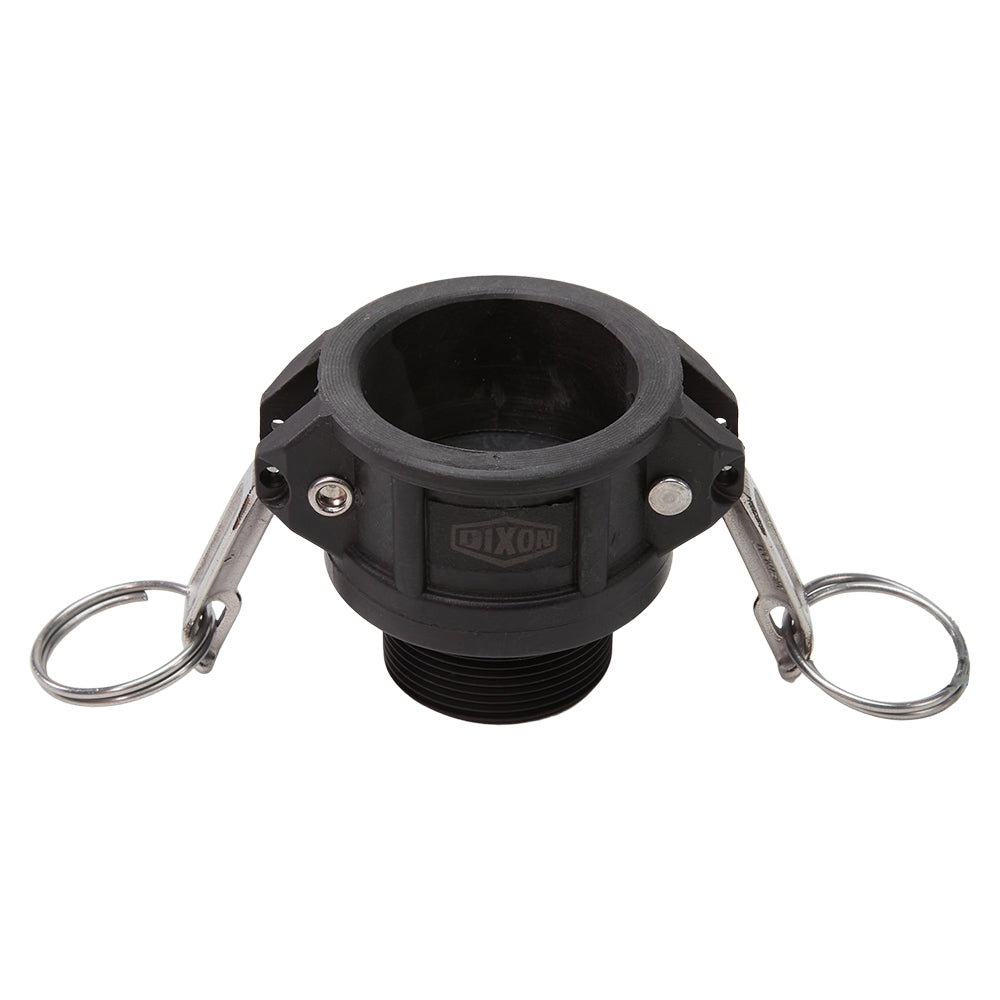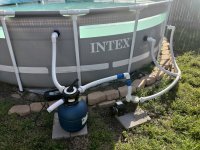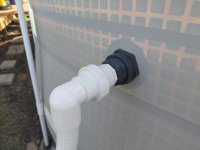An RJ cell stands for Return Jet, the controller does not use a flow switch. For safety reasons, the cell needs to be mounted vertically, right before the return jet. This way, if the pump stops, but the cell stays on, the gas will bubble up and out the return.
A HP cell stands for Hose Pipe, and the controller uses a flow switch. This allows it to be mounted horizontally.
It has been my experience that union threads are not standard. If you do something like crack the female end of the union, you may not be able to find a replacement that matches the male end.
I bought camlock fittings for my setup over the winter, to replace my unions - I still have to install them.
Cam lock quick connect banjo fittings allow quick connections of polypropylene 1 1/2" female camlock to 1 1/2" male NPT plastic pipe fitting thread. Banjo poly camlocks fittings are available from PT Coupling and Dixon fittings.

camlockdirect.com
I also picked up these valves
Yeah, they have pipe unions on them, I know. But I do not expect to ever remove these unions unless I have to rebuild the valve. I had (have) normal PVC valves on there, and they lasted a good 8-10 years. I only cycle them a few times a season though. The handles tend to fail first, and then it becomes channel lock time.
My salt cell also has unions on the ends. I need to check the ID of the ends to see if I can get camlocks on it, but I doubt it fits a standard pipe. I may be able to mess around with it and just attach a camlock to the output of the union, but that is kind of janky.


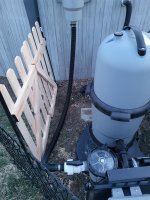
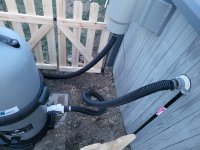
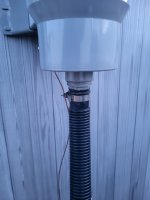
 Your best bet is to do some searching here on TFP and/or YouTube as there are many owners who did just like you converting to PVC. In the case of your RJ, you'll want to ensure you route the plumbing in such a way as to give yourself plenty of room for the SWG. The cell is the last thing in the plumbing before the line goes back to the return jet of the pool. The manual calls for about 16 inches for the cell, but I would plan on about 20 inches if you can just to give you more working room. Working with PVC is not hard, just takes a bit of planning, cutting, and gluing. If you may a mistake, you can always cut it out and start again.
Your best bet is to do some searching here on TFP and/or YouTube as there are many owners who did just like you converting to PVC. In the case of your RJ, you'll want to ensure you route the plumbing in such a way as to give yourself plenty of room for the SWG. The cell is the last thing in the plumbing before the line goes back to the return jet of the pool. The manual calls for about 16 inches for the cell, but I would plan on about 20 inches if you can just to give you more working room. Working with PVC is not hard, just takes a bit of planning, cutting, and gluing. If you may a mistake, you can always cut it out and start again.
